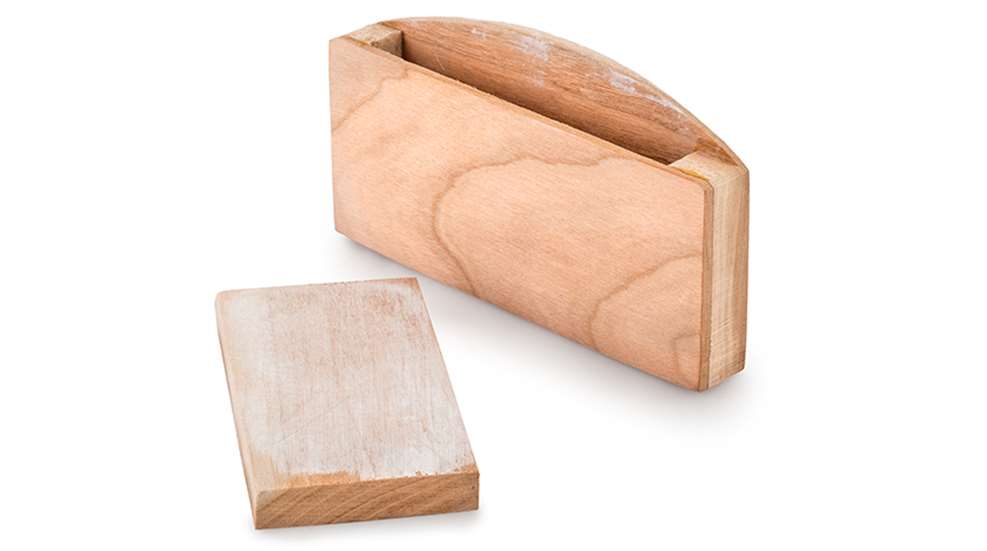
I could see his hands moving, but the sweet sound coming from the ancient scratch box was barely audible—at least to me. Across the beaver swamp, the old gobbler heard every note and answered with a thunderous double-gobble that caused the hair on my neck to stand straight up. “He will be here directly,” whispered Charles Hudson through his facemask. “You best get ready.”
Of all the calls turkey hunters can carry in their vests, perhaps the one that is most overlooked is the scratch box. Many hunters have never seen a scratch box much less used one, but its effectiveness in the turkey woods spans centuries. The scratch box is thought to date back to the late 1700s or early 1800s. It still works today for savvy hunters like Hudson. (Pictured above: Little Big Mouth Scratch Box, $12.95; enticerturkeycalls.com.)
The two-piece design consists of a thin box made from cedar, mahogany or other hardwood, along with a striker (scratcher) made from a different wood or material. The striker is slid across the soundboard of the box (or vice-versa) to imitate the sound of a turkey. It’s called a scratch box because the two pieces “scratch” together.
The main difference between the scratch box and the more common box call is the latter has a connected lid or paddle. With the scratch box they are two different pieces, which makes the call more versatile. Switching from a cedar scratcher to one made from holly or even carbon can change the tone. Hudson prefers a carbon scratcher: “It makes the raspy sound I like and it also allows me to whisper to the gobbler instead of scream at him.”




































